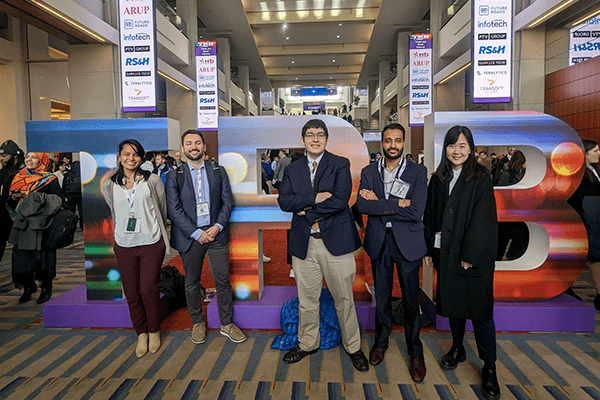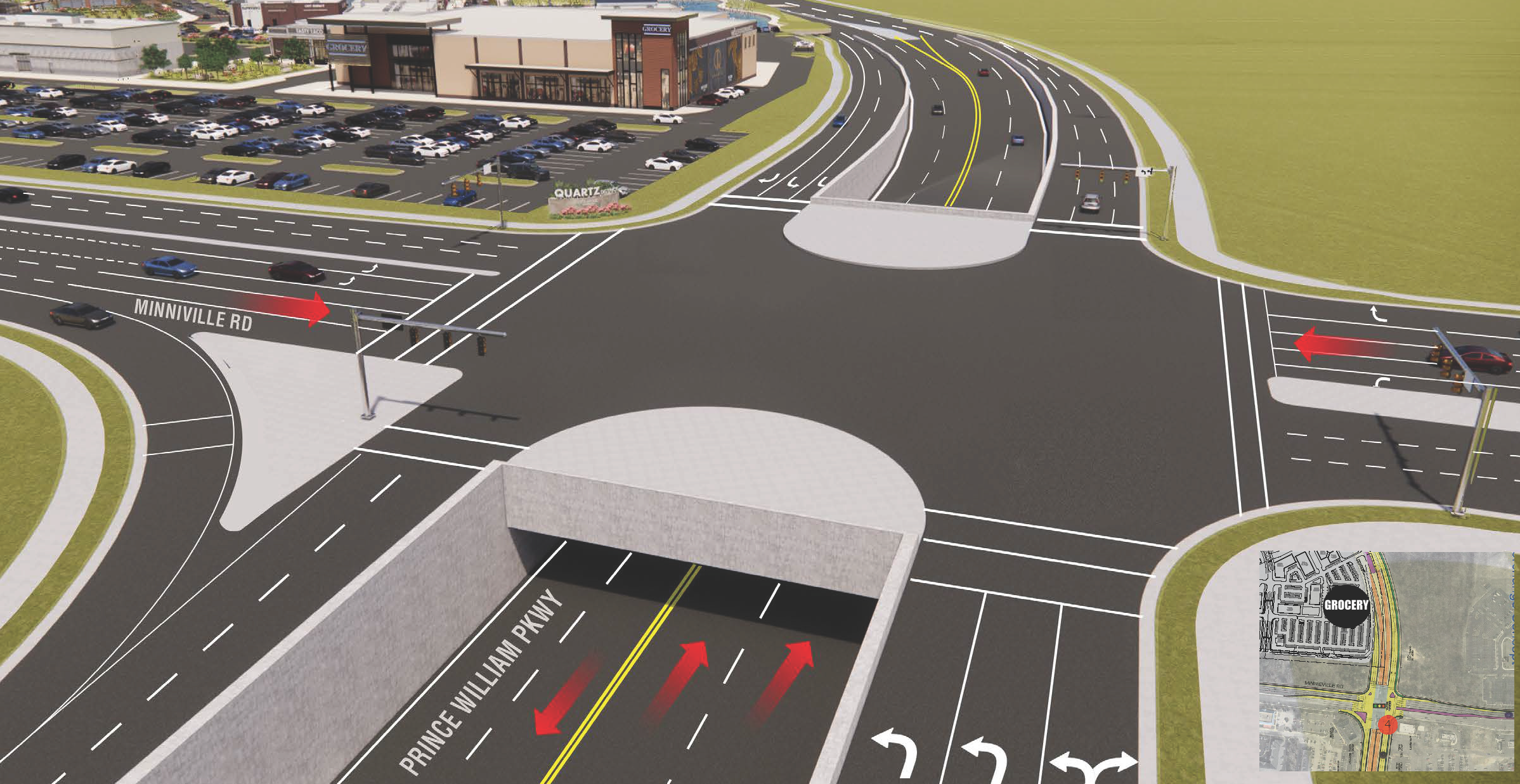
Transportation Research Board (TRB) Annual Meeting
Last month, representatives from Gorove Slade had the privilege of attending the Transportation Research Board (TRB) Annual Meeting in our hometown of Washington, DC! Adam Nodjomian-Escajeda (Alexandria Office), Andy Sandweiss (DC Office), Erin Lin (DC Office), Maribel Wong (DC Office), and Pankaj Singla (Fairfax Office) joined thousands of transportation professionals at the Walter E. Washington Convention Center for five days of workshops, lectures, committee sessions, and poster presentations covering a range of topics related to the transportation planning and engineering field. Check out a few of the highlights we learned below!
Latest Developments in Traffic Engineering and Planning Software, Simulation, and Regulations
One session was focused on the 7th Edition of the Highway Capacity Manual (HCM), where we learned about updates to the network analysis method, uninterrupted and interrupted flow, and active traffic demand management. One update is that active traffic demand management can now be conducted on arterial roadways, in addition to freeways. This new edition of the manual has a focus on quality of service for multimodal transportation! Following this theme, we were able to learn about the Transportation System Simulation Manual, 1st Edition, which is anticipated to be released this year pending the Transportation Research Record’s (TRB’s journal) review. Additional topics in traffic simulation covered were Microsimulation Lane Change Modeling Validation and Hybrid Vehicle Dynamics in Microscopic Simulation.
In a different session on defining and measuring walkability, we learned how students at Purdue University employed a deep-learning based detection model to automatically detect the presence and type of crosswalks using satellite imagery—particularly useful for our pedestrian infrastructure mapping in DC.
Multimodal & Active Transportation Updates
Our planners and engineers are strong proponents of multimodal accessibility, so they attended many sessions concerning multimodal and active transportation. This included a session on walking and biking equity that presented the impact of road diets and bicycle facilities on home prices. The conclusion being that road diet implementation resulted in a net decrease in crashes without increasing traffic on parallel routes, all the while also increasing property values.
At a session dedicated to Equity in Past and Present Practice, we learned how metrics for equity could be developed to reduce disparities in transportation systems, looking at examples from six state DOTs that have done this. Researchers found the need to adopt a common definition of equity, adopt equity criteria in project prioritization, to work with peers to find creative equity-based planning methods, under the general goal of institutionalizing equity within the transportation field.
Transportation Demand Management (TDM)
The TDM committee meeting offered several practical takeaways on TDM implementation and strategies. There was a discussion on how nuanced TDM strategies could be used to help disadvantaged neighborhoods. The new TDM guidebook published by Nelson\Nygaard was introduced with helpful instructions on how to best apply the guidebook in practice. The moderators also shared findings on the impact of monetary incentives to promote active modes of transportation – spoiler alert, the incentives did work!
At another session on TDM, the focus was on measuring the results of TDM programs. We learned how TDM impacts could be measured with specific metrics and where such programs had proven, quantifiable success—showing that there is research that TDM measures work.
WDCSITE-SimCap Meeting
Our TRB attendees, along with Sasha Redmon (Alexandria Office) attended the WDCSite-SimCap meeting held adjacent to the main TRB conference, where we received updates from VASITE, WDCSITE, the National ITE, and FHWA. The biggest update was the WDCSITE board voting to change its name to the “Chesapeake and Potomac Section of the ITE.”
Presenters at the meeting explained how Level of Service could be applied to pedestrian infrastructure. VDOT presented on their new variable speed limit system on I-95
Closing Ceremonies
Closing out the conference, was TRB’s fireside chat with U.S. Transportation Secretary Pete Buttigieg and U.S. Energy Secretary Jenifer M. Granholm. Their discussion covered many topics including the electrification of America’s cars, with a focus on how to distribute EV charging station equitably.
Overall, the Gorove Slade team had a wonderful time at the conference. TRB is often a highlight of the year where we can network with colleagues and peers from around the country. We left TRB this year with knowledge and new practical skills that we will implement to help improve our practice!
